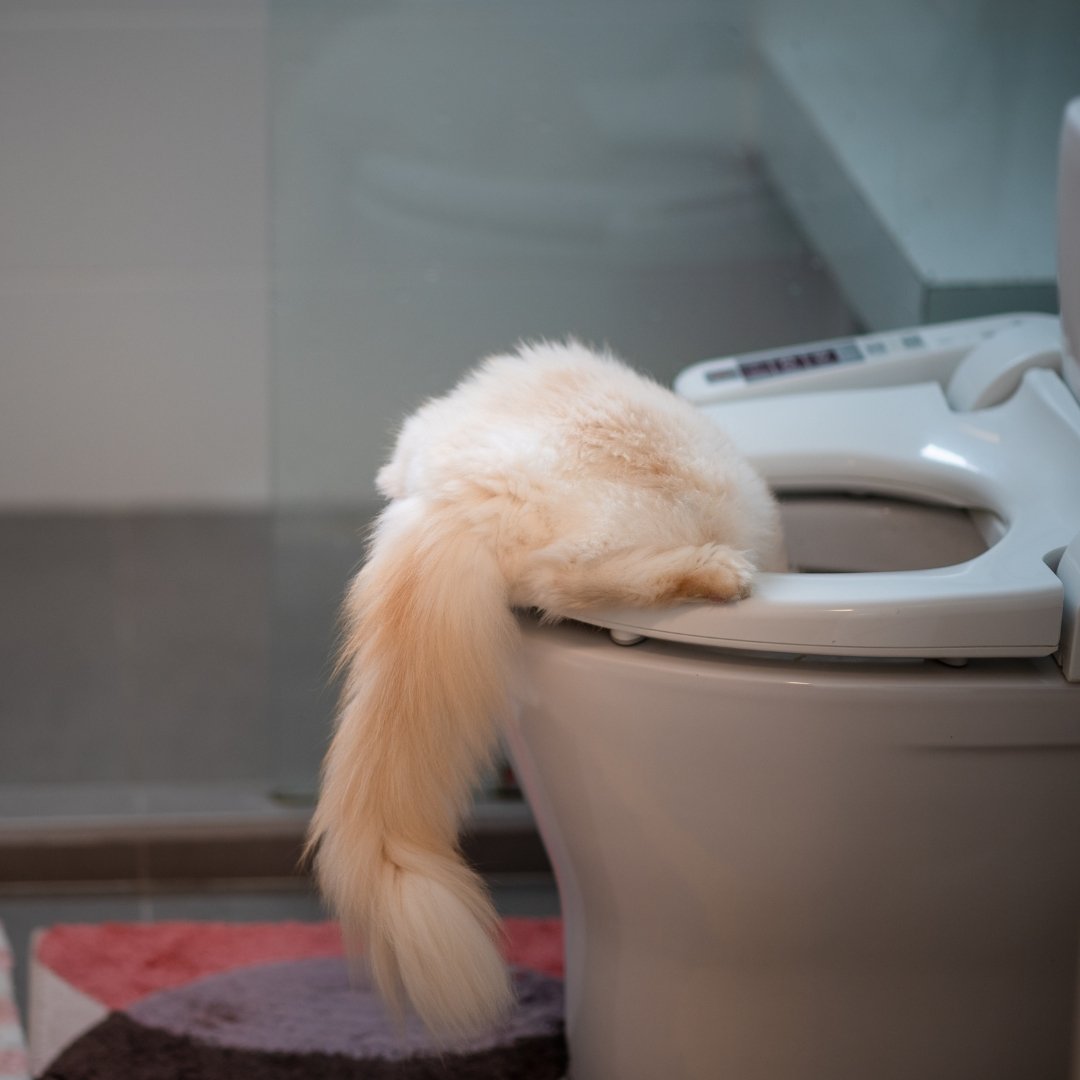The Consequences of Flushing Cat Poop Down Your Toilet - Protect Your Plumbing
The Consequences of Flushing Cat Poop Down Your Toilet - Protect Your Plumbing
Blog Article
Presented here in the next paragraph you'll find a bunch of very good content in relation to Don’t flush cat feces down the toilet.

Introduction
As feline owners, it's important to be mindful of just how we throw away our feline buddies' waste. While it might seem convenient to purge pet cat poop down the bathroom, this technique can have damaging repercussions for both the setting and human health and wellness.
Environmental Impact
Purging cat poop presents dangerous pathogens and parasites right into the water, positioning a considerable threat to aquatic ecosystems. These contaminants can adversely affect marine life and compromise water quality.
Wellness Risks
Along with environmental issues, flushing feline waste can also present wellness dangers to people. Feline feces might contain Toxoplasma gondii, a bloodsucker that can create toxoplasmosis-- a possibly extreme ailment, specifically for expecting women and individuals with weakened body immune systems.
Alternatives to Flushing
Fortunately, there are safer and a lot more liable means to get rid of pet cat poop. Take into consideration the complying with options:
1. Scoop and Dispose in Trash
One of the most usual approach of taking care of cat poop is to scoop it into an eco-friendly bag and throw it in the trash. Be sure to utilize a devoted trash inside story and throw away the waste without delay.
2. Use Biodegradable Litter
Choose naturally degradable feline trash made from materials such as corn or wheat. These trashes are environmentally friendly and can be safely gotten rid of in the trash.
3. Bury in the Yard
If you have a lawn, think about burying cat waste in a designated location away from veggie yards and water resources. Make sure to dig deep sufficient to avoid contamination of groundwater.
4. Install a Pet Waste Disposal System
Invest in a pet dog waste disposal system especially made for feline waste. These systems utilize enzymes to break down the waste, reducing smell and ecological effect.
Conclusion
Responsible pet dog ownership expands beyond providing food and sanctuary-- it also involves proper waste management. By refraining from purging feline poop down the toilet and opting for alternative disposal methods, we can reduce our environmental impact and secure human health.
Why Can’t I Flush Cat Poop?
It Spreads a Parasite
Cats are frequently infected with a parasite called toxoplasma gondii. The parasite causes an infection called toxoplasmosis. It is usually harmless to cats. The parasite only uses cat poop as a host for its eggs. Otherwise, the cat’s immune system usually keeps the infection at low enough levels to maintain its own health. But it does not stop the develop of eggs. These eggs are tiny and surprisingly tough. They may survive for a year before they begin to grow. But that’s the problem.
Our wastewater system is not designed to deal with toxoplasmosis eggs. Instead, most eggs will flush from your toilet into sewers and wastewater management plants. After the sewage is treated for many other harmful things in it, it is typically released into local rivers, lakes, or oceans. Here, the toxoplasmosis eggs can find new hosts, including starfish, crabs, otters, and many other wildlife. For many, this is a significant risk to their health. Toxoplasmosis can also end up infecting water sources that are important for agriculture, which means our deer, pigs, and sheep can get infected too.
Is There Risk to Humans?
There can be a risk to human life from flushing cat poop down the toilet. If you do so, the parasites from your cat’s poop can end up in shellfish, game animals, or livestock. If this meat is then served raw or undercooked, the people who eat it can get sick.
In fact, according to the CDC, 40 million people in the United States are infected with toxoplasma gondii. They get it from exposure to infected seafood, or from some kind of cat poop contamination, like drinking from a stream that is contaminated or touching anything that has come into contact with cat poop. That includes just cleaning a cat litter box.
Most people who get infected with these parasites will not develop any symptoms. However, for pregnant women or for those with compromised immune systems, the parasite can cause severe health problems.
How to Handle Cat Poop
The best way to handle cat poop is actually to clean the box more often. The eggs that the parasite sheds will not become active until one to five days after the cat poops. That means that if you clean daily, you’re much less likely to come into direct contact with infectious eggs.
That said, always dispose of cat poop in the garbage and not down the toilet. Wash your hands before and after you clean the litter box, and bring the bag of poop right outside to your garbage bins.
https://trenchlesssolutionsusa.com/why-cant-i-flush-cat-poop/

As an enthusiastic person who reads on Can You Flush Cat Poo or Litter Down the Toilet?, I figured sharing that article post was a smart idea. Do you know someone else who is fascinated by the topic? Feel free to share it. We value reading our article about Can You Flush Cat Poo or Litter Down the Toilet?.
Get A Free Quote Report this page